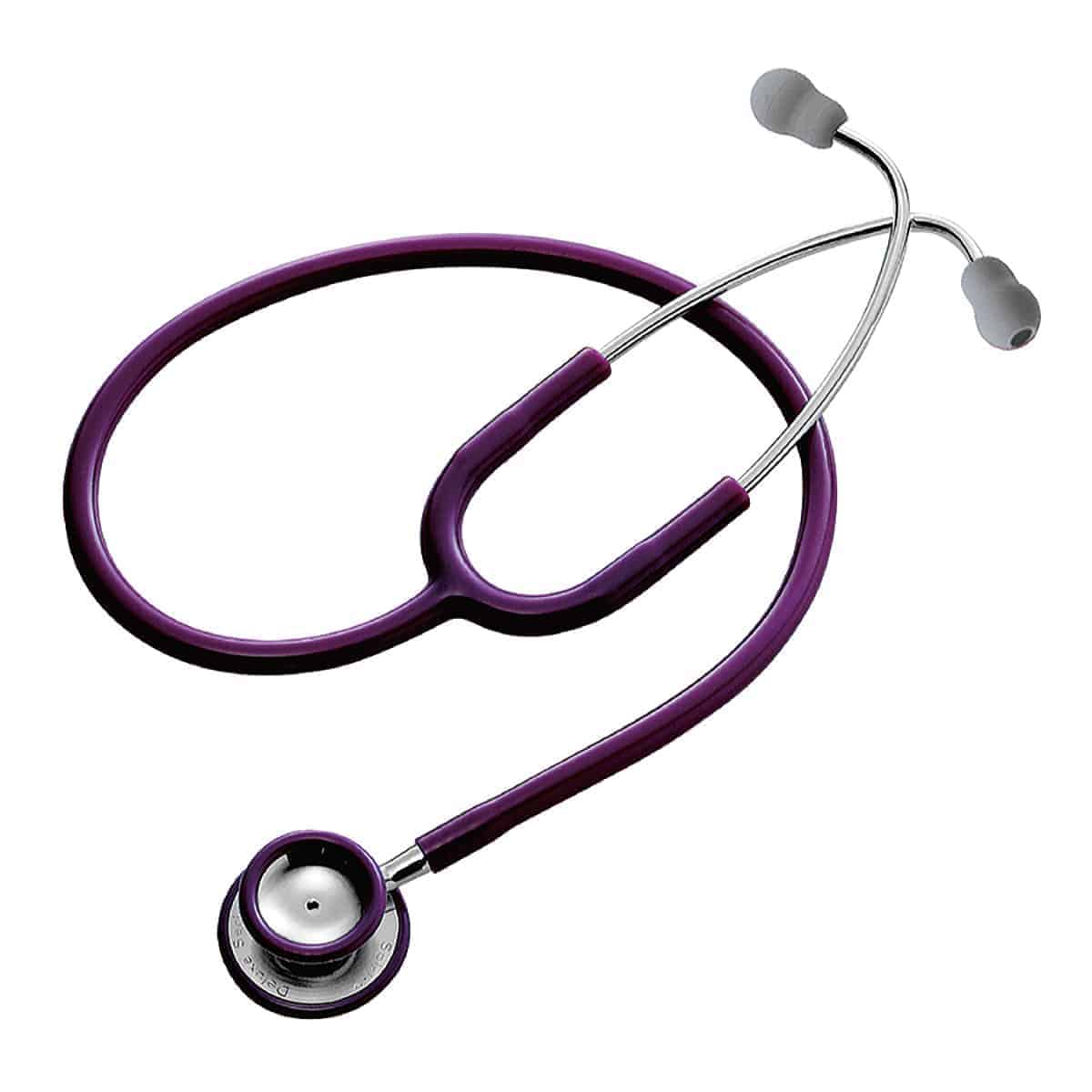Visit DoctorOnCall Singapore
You seem to be shopping from Singapore

You are currently on DoctorOnCall.com.my, our Malaysian site.
To serve you better, would you like to head over to DoctorOnCall Singapore ?
Sign Up / Log In
Account
Online Pharmacy
Doctor Services
Health Centre
Bulk Purchase
Corporate
✕
Voucher Redeemed!
Voucher will be automatically applied upon checkout
*Limited to 1 use per customer only
*DOC reserves the right to reverse the voucher redemption and cancel any orders associated if the code is used more than once
Sold Out


Select Variant
Product Added to Your Cart

Spirit Stethoscope (CK-601P) 1s
RM 89.90
Spirit Stethoscope Ck601P allows the doctor to Listen to a patient’s chest and determine the heart rate as well as any rhythm or other unusual indications.
As an adaption of sophistication, the Spirit Stethoscope Ck601P has a patented multi-frequency rubber Ring-O-Raised diaphragm system and a chrome plated Superflex and chest piece. Additionally, it includes one piece of PVC tubing that has been formed and a plastic holding ring.
Insert the ear tips into your ears and twist them forward slightly (toward your nose).
Keep in dry place at room temperature.
Keep it out of reach of children.
The stethoscope, like the Spirit Stethoscope Ck601P, is a device that assists physicians or other healthcare providers in listening to the noises of internal organs such as the lungs, heart, and bowels, as well as checking blood pressure. It amplifies interior sounds.
However, you might be curious as to what doctors are listening for when they lay that cool metal cone on your chest. Our hearts have four valves that open and close to help push blood in one direction. The valves generate a sound when they close, and a regular heartbeat has two distinct sounds.
When the heart valves don't function properly, you may hear extra sounds of blood leaking through them. For example, Aortic Stenosis is a frequent heart valve disorder. If you put your ear to their chests, you may be able to detect it. Modern stethoscopes make this easier and magnify the sound.
Besides that, doctors also can hear air flow in the lungs using this device to check any abnormalities in the lung function.
Stethoscopes can also be used to take someone's blood pressure when used with sphynomanometer. Technology has come a long way since the 17th century. We now have automatic blood pressure equipment, ultrasonic echocardiography that shows the heart valves in real time, and CT scanning that shows the lungs in detail.
However, that doesn't make stethoscopes obsolete. These simple rubber discs are still used for screening. If we detect an anomaly, we may perform a more complex test like an Echocardiogram. In countries with limited healthcare resources, basic tools like the stethoscope are vital because key choices can be made without access to sophisticated scanning technology like CT scans.